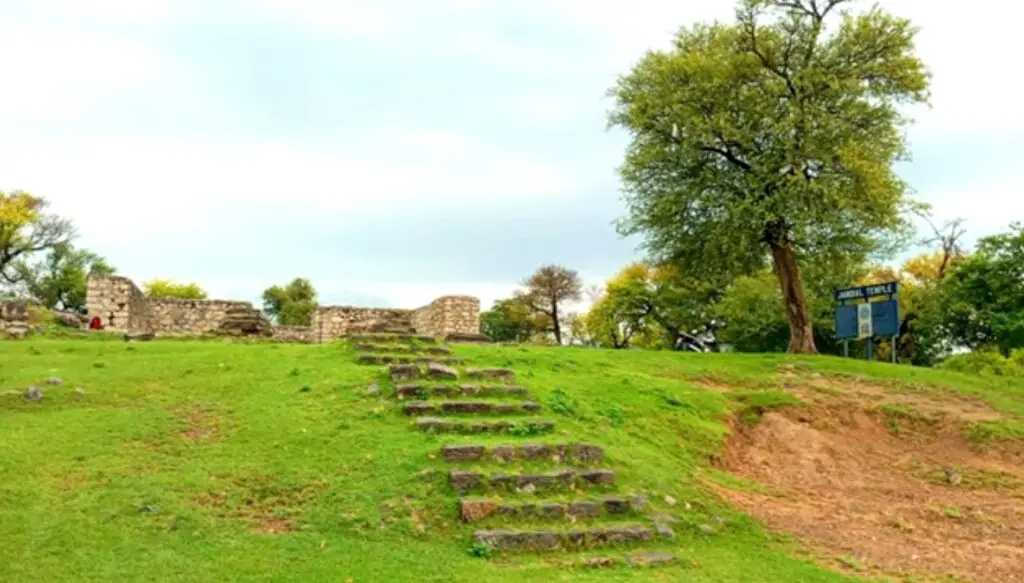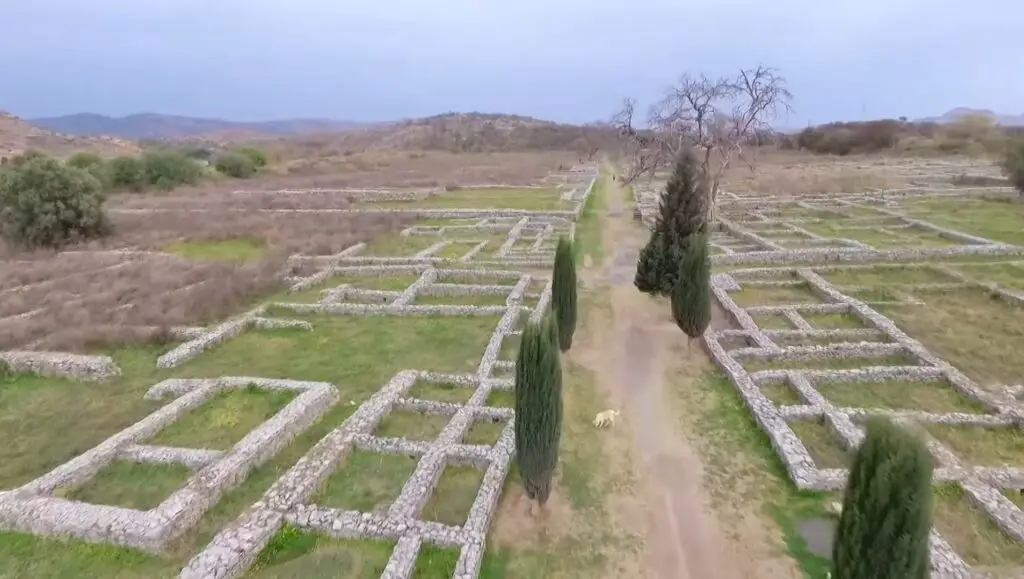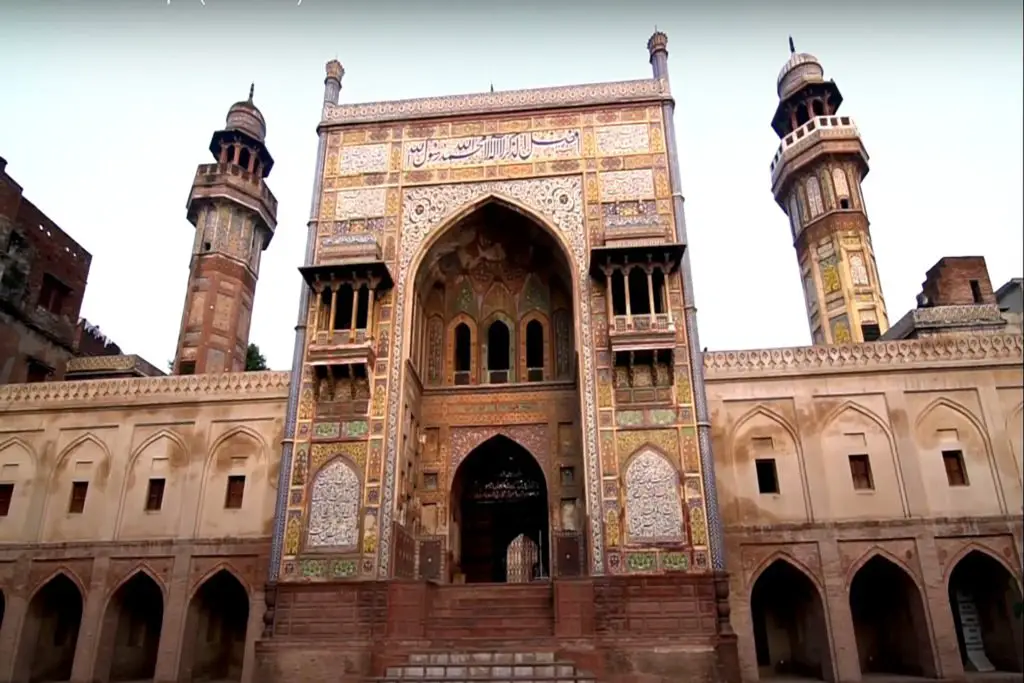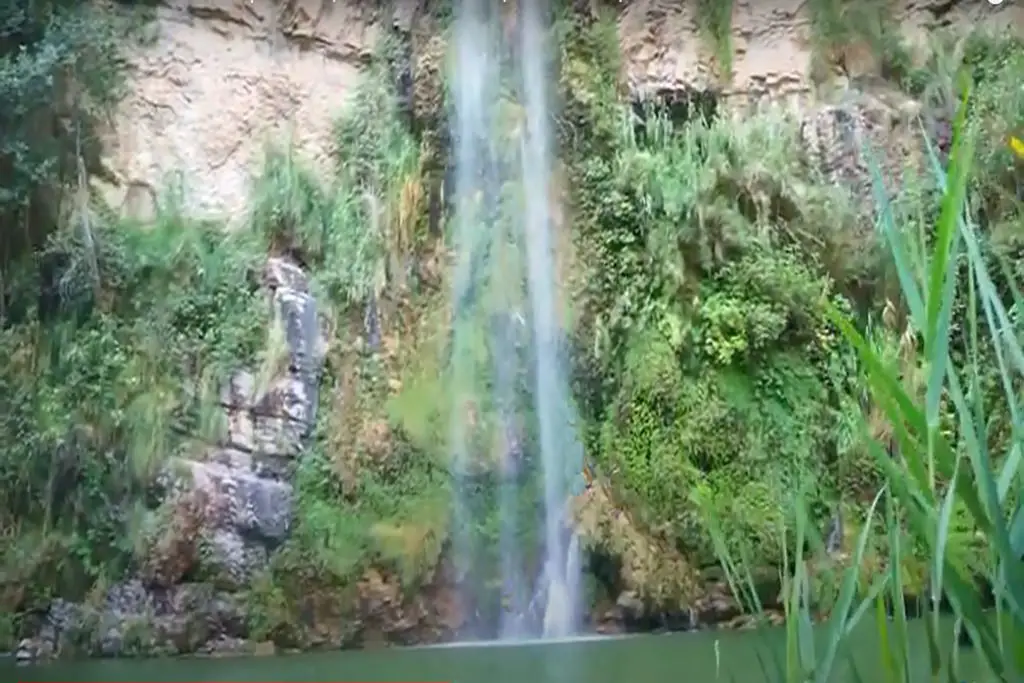The region of Taxila, located in modern-day Pakistan, has a rich historical legacy dating back thousands of years. It was a center of Buddhist learning and culture, as well as an important hub of trade and commerce, connecting the Subcontinent with Central Asia and the Middle East. Here are some of the most significant archealogical and historical Buddhism places near Taxila:
List of Historical Buddhism Places Near Taxila
- Taxila Museum
- Jaulian Buddhist Monastery
- Mohra Moradu Buddhist Stupa
- Badalpur Stupa
- Lalchak Buddhist Stupa
- Jandial Temple
- Bhalar Stupa
- Piplan Buddhist Monastery
- Sirkap
- Sirsukh
- Kunala Stupa
- Kalawan
- Khader Mohra
- Dharmarajika Stupa
- Sarai Kala
- Bhir Mound
Taxila Museum
The Taxila Museum is a must-see attraction for anyone interested in the history and culture of ancient Sub-Continent. Its impressive collection of artifacts and exhibits provide a fascinating glimpse into the city’s past, and its importance as a center of learning and culture. The museum is a testament to the enduring legacy of Taxila and its role in shaping the history and culture of the region.

Jaulian Buddhist Monastery:
Located near Taxila, Jaulian is a 2nd-century Buddhist monastery and stupa complex that is believed to have been a center of learning for Buddhist monks. Jaulian Buddhist Monastery is one of the important Buddhism places near taxila.
Mohra Moradu Buddhist Stupa:
An ancient Buddhist stupa near Taxila, dating back to the 2nd century BCE. It is believed to have been built by the Mauryan emperor Ashoka.
Badalpur Stupa:
This large square-based stupa near Taxila is believed to date back to the 2nd-5th centuries CE. It is one of the largest stupas in the Taxila region, with a speculated height of over 21 meters.
Lalchak Buddhist Stupa:
An ancient Buddhist stupa near Taxila, believed to date back to the 2nd century BCE. It is unique in its circular shape and its proximity to the nearby hills.
Jandial Temple:
A 2nd-century BCE Greco-Bactrian temple complex located near Taxila. The temple was built in the Hellenistic style, and is one of the few remaining structures from this period.
Bahalar Stupa:
An ancient Buddhist stupa near Taxila, believed to house the remains of Sariputra, one of the Buddha’s closest disciples.
Piplan Buddhist Monastery:
An ancient Buddhist monastery near Taxila, named for the peepal trees that grow in the area. It is believed to date back to the 2nd century BCE.
Sirkap:
An ancient city near Taxila that was an important center of the Indo-Greek civilization. It was a major hub of trade and commerce, connecting India with Central Asia and the Middle East.
Sirsukh:
An ancient city near Taxila that was an important center of the Mauryan civilization. It was a center of trade and commerce, and was famous for its textiles and pottery. Today, the ruins of Sirsukh are a popular tourist attraction.
Kunala Stupa
Kunala Stupa is an ancient Buddhist stupa located in the Taxila region of Pakistan. It is believed to have been built during the Kushan period, sometime between the 1st and 2nd centuries CE. The stupa is named after Prince Kunala, the son of the Mauryan emperor Ashoka, who is said to have built the stupa in honor of his mother, Queen Padmavati.
Kalawan
Kalawan, which means “The Caves” in Sanskrit, is an archaeological site located in the Taxila region of Pakistan. The site is known for its significant Buddhist establishment and is one of the largest in the area. It is situated approximately 2 km from the Dharmarajika Stupa.
Khader Mohra
Khader Mohra is an important archaeological site in the region and is believed to have been a fortified city built during the Indo-Greek period in the 2nd century BCE. The city was located on a rocky outcrop overlooking the Haro River, and it served as an important center of trade and commerce during its time.
Dharmarajika Stupa
Dharmarajika Stupa is an ancient Buddhist site located in the city of Taxila in present-day Pakistan. The stupa was built during the Mauryan Empire, which ruled much of South Asia from 322 to 185 BCE, and it is believed to have been constructed by the famous Mauryan emperor Ashoka.
Sarai Kala
The name Sarai Kala means “Black Inn” in Persian, and the site is thought to have been a stopping point for travelers and merchants who were passing through the region. It is believed to date back to the early Islamic period, and may have been a key trading center during this time,
Bhir Mound
Bhir Mound is one of the most important archaeological sites in the region of Taxila, located in the Punjab province of Pakistan. It is situated on the eastern bank of the Haro River, which flows through the region, and is believed to be one of the earliest settlements in the area, dating back to the prehistoric period.







